Featured Panoramic Photo Above:
1912 National League Champion New York Giants
(Player IDs available upon request)
Baseball History Comes Alive Now Ranked #2 by Feedspot Among All Internet Baseball History Websites and Blogs!
Guest Submissions from Our Readers Always Welcome!
Visit the Baseball History Comes Alive Home Page
Subscribe to Baseball History Comes Alive
Free Bonus for Subscribing:
Gary’s Handy Dandy World Series Reference Guide
Dave Stenhouse Photo Gallery
Can an All-Star game appearance hurt a player’s career? This is a topic not often discussed. Vince Jankoski returns today and tries to answer that question with an interesting essay about Dave Stenhouse’s career decline after an appearance in the 1962 All-Star game. We’re all familiar with the Pete Rose/ Ray Fosse collision in the 1970 All-Star game, but, as Vince suggests, this was not the only significant decline after an appearance in the Mid-Summer Classic. -GL
Post All-Star Game Decline!
The Story of Dave Stenhouse
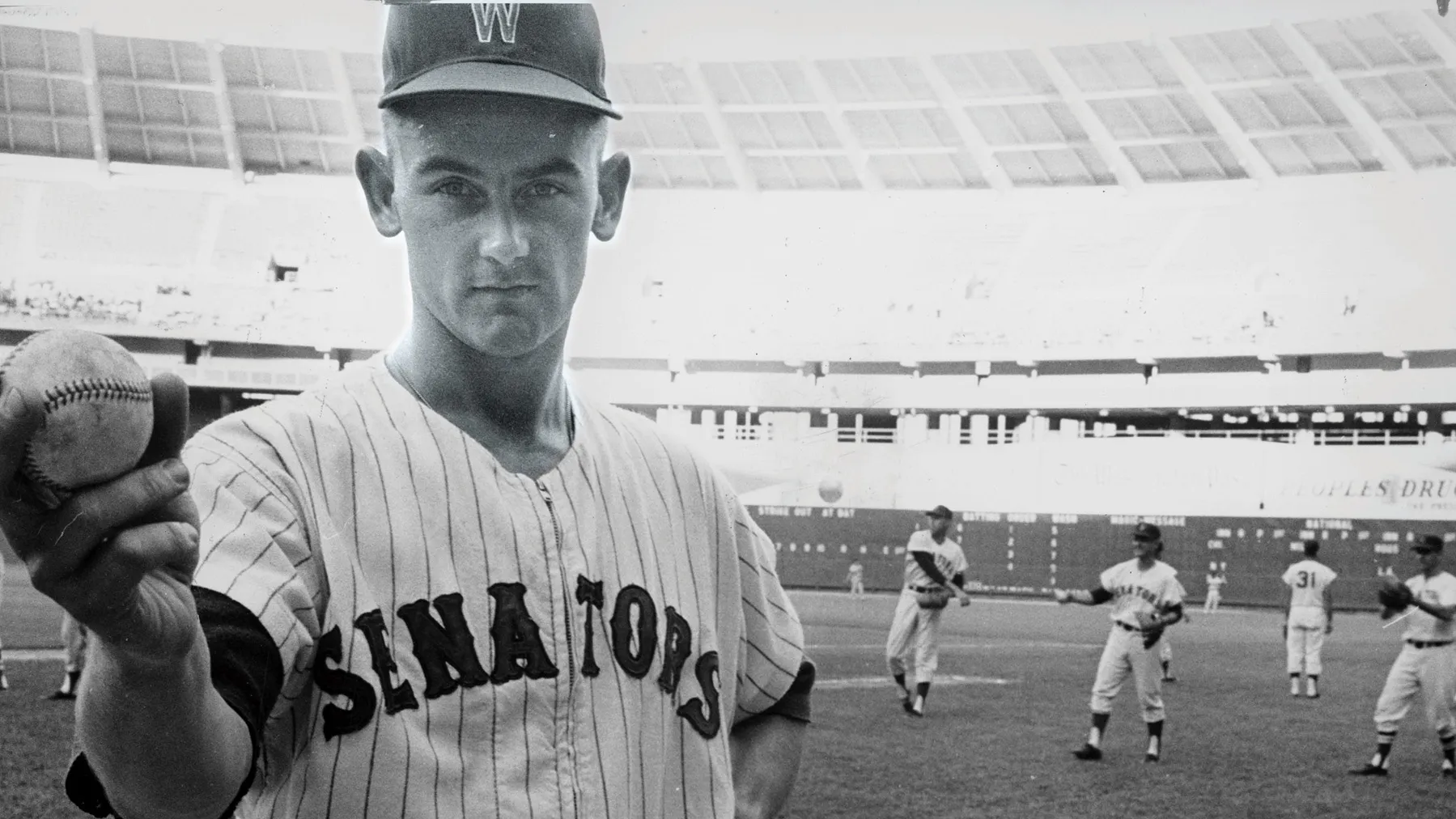
The public loves All-Star games. Some baseball purists are less fond, however, and complain that these mid-season contests interrupt pitching rotations and expose key players to injury in the midst of a pennant race. The most notable example of this latter problem is the Pete Rose/Ray Fosse collision on the last play of the 1970 mid-summer classic.
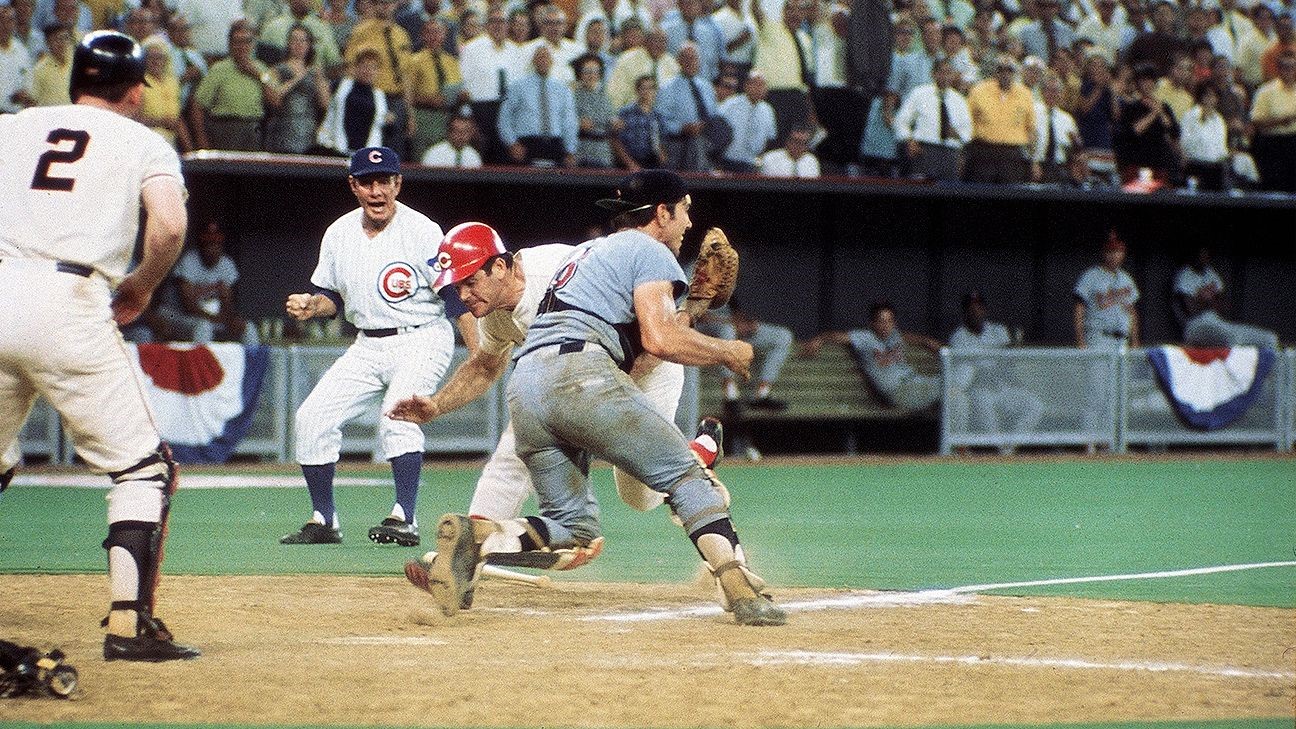
Fosse claimed that he was never the same batter after the collision, although there is evidence to the contrary. He played 42 games in the second half of the 1970 season and wound up hitting .307 for the year with 18 home runs. He also won a Gold Glove. The following year, Fosse continued to play well, batting .276 with 12 home runs, winning another Gold Glove. His offensive production fell after that, and he never won another Gold Glove or played in another All-Star game. How much the collision with Rose affected his play must be debatable.
That brings us to Dave Stenhouse, a player whose career truly tanked immediately after an All-Star appearance. Stenhouse spent seven years in the minor league systems of first the Cubs and later the Reds. He had some modest success in the low minors: 16-4 with a 1.92 ERA for Class C Lafayette in 1956, 16-8 with a 2.91 ERA for Class A Pueblo in 1958. In the spring of 1962, he found himself on the major league roster of the woeful expansion Washington Senators. The Senators finished that season in tenth place in a ten-team American League with a record of 60-101-1. So, there was room on this team for the 29-year-old Stenhouse.
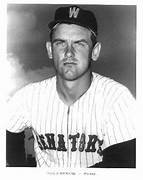
He began the year in the bullpen. In four appearances, he allowed a few hits and issued a few bases on balls, but gave up no runs. With the rest of his pitching staff a combined 3-15, manager Mickey Vernon decided to give this guy Stenhouse a start in the opening game of a doubleheader at Yankee Stadium on May 6. Stenhouse responded with seven innings of three-hit ball, earning a 4-2 victory.
Vernon gave Stenhouse the ball in two more road games against the Orioles and White Sox. Stenhouse won both, giving up only one run in each. He now posted an ERA of 0.88 to go along with his 3-0 record.
Stenhouse slipped a bit from there, but after a game on July 7, his record stood at 6-4 with an ERA of 3.03. Not too shoddy for a hurler on a last-place team. He then went on a tear – four complete game victories in a row – bringing his record to 10-4 with an ERA of 2.73 at the end of July. His team remained in tenth place, where it began and ended the season, but Stenhouse’s efforts earned him spots as his team’s sole representative on both All-Star games held that season. He did not pitch in the first at his home ballpark (why not play the home team’s only representative, I ask rhetorically), but he earned the role of starting pitcher in the second game played on July 30 in Wrigley Field. He threw reasonably well – two innings, a hit, a walk, and an earned run. He gave way to Ray Herbert, Hank Aguirre, and Milt Pappas in a 9-4 American League win.
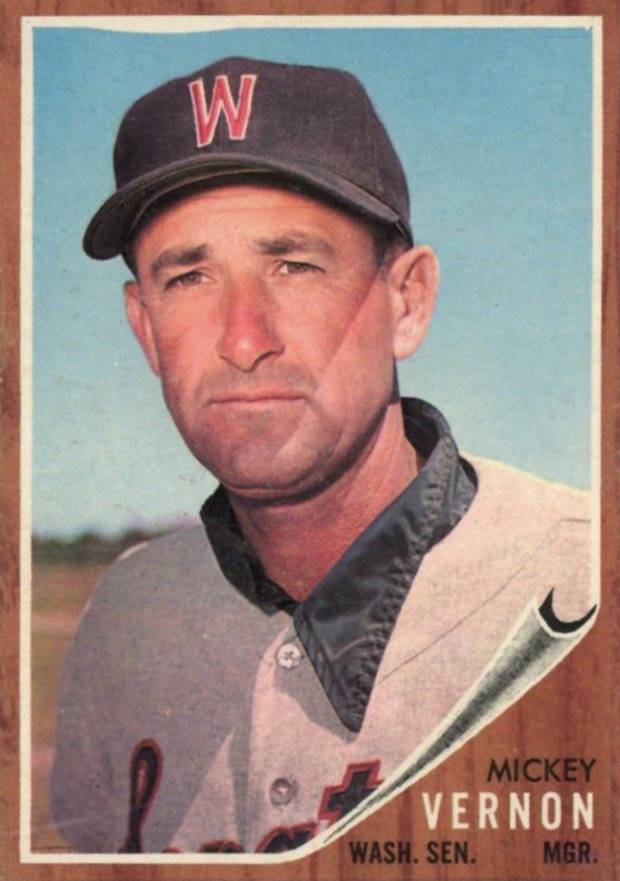
Manager Vernon must have been eager to get his ace pitcher back into the rotation because he started Stenhouse only two days later. Stenhouse went ten innings in a loss to Whitey Ford and the Yankees. His season collapsed after that. He lasted only two-thirds of an inning in his next start against Detroit on August 8. Then, pitching on only a day’s rest, he lost his next start against Cleveland. He lost six in a row, eight of nine decisions to finish the season at 11-12. His ERA increased to 3.65. He threw only one more complete game – his lone victory in that span.
Stenhouse was spent. The next year, he went 3-9, 4.55. The following season, his last in the majors, he was 2-7, 4.81. He spent three more seasons in the minors, ending up in Hawaii, not a bad place to end your career if it must end in the minors.
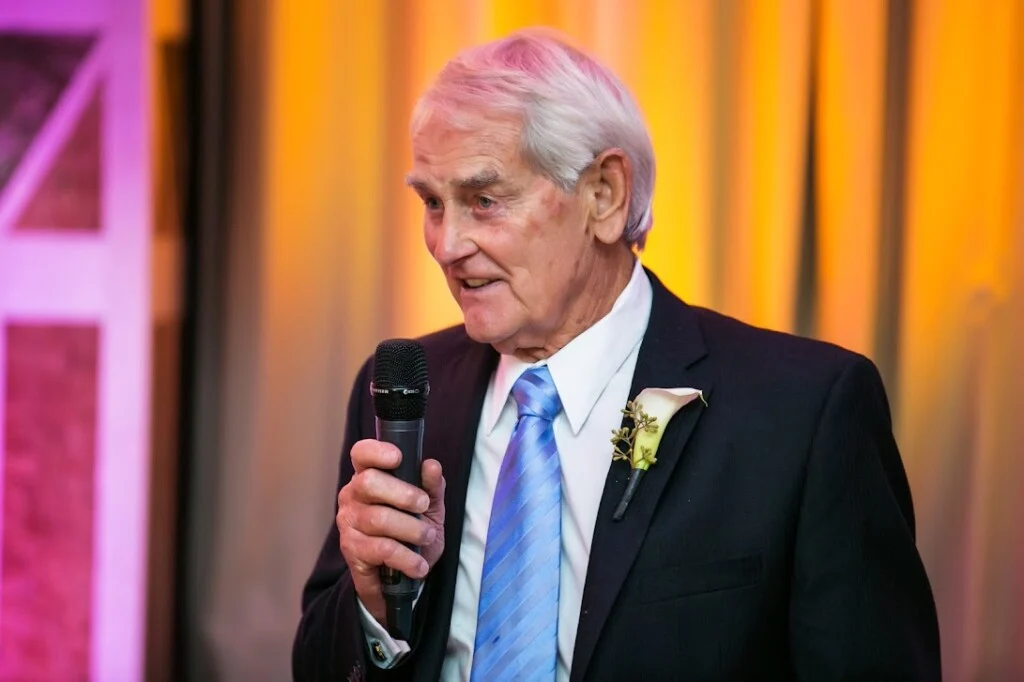
Did Stenhouse’s All-Star game appearance and some would say subsequent overuse overtax his arm? Or did American League batters simply figure him out? After all, baseball history is full of examples of rookies having a great first half of a season before falling into mediocrity after their All-Star selection, my favorite being Wayne Simpson, who was 13-1 at the time of his rookie year All-Star selection, and 23-30 afterwards. We can all think of others. In any event, Stenhouse, not Ray Fosse, gets my nomination as the player whose career trajectory changed most after an All-Star game appearance.
We’d love to hear what you think about this or any other related baseball history topic…please leave comments below.
Vince Jankoski
Subscribe to Baseball History Comes Alive. FREE BONUS for subscribing: Gary’s Handy Dandy World Series Reference Guide. https://wp.me/P7a04E-2he
Information: Excerpts edited from
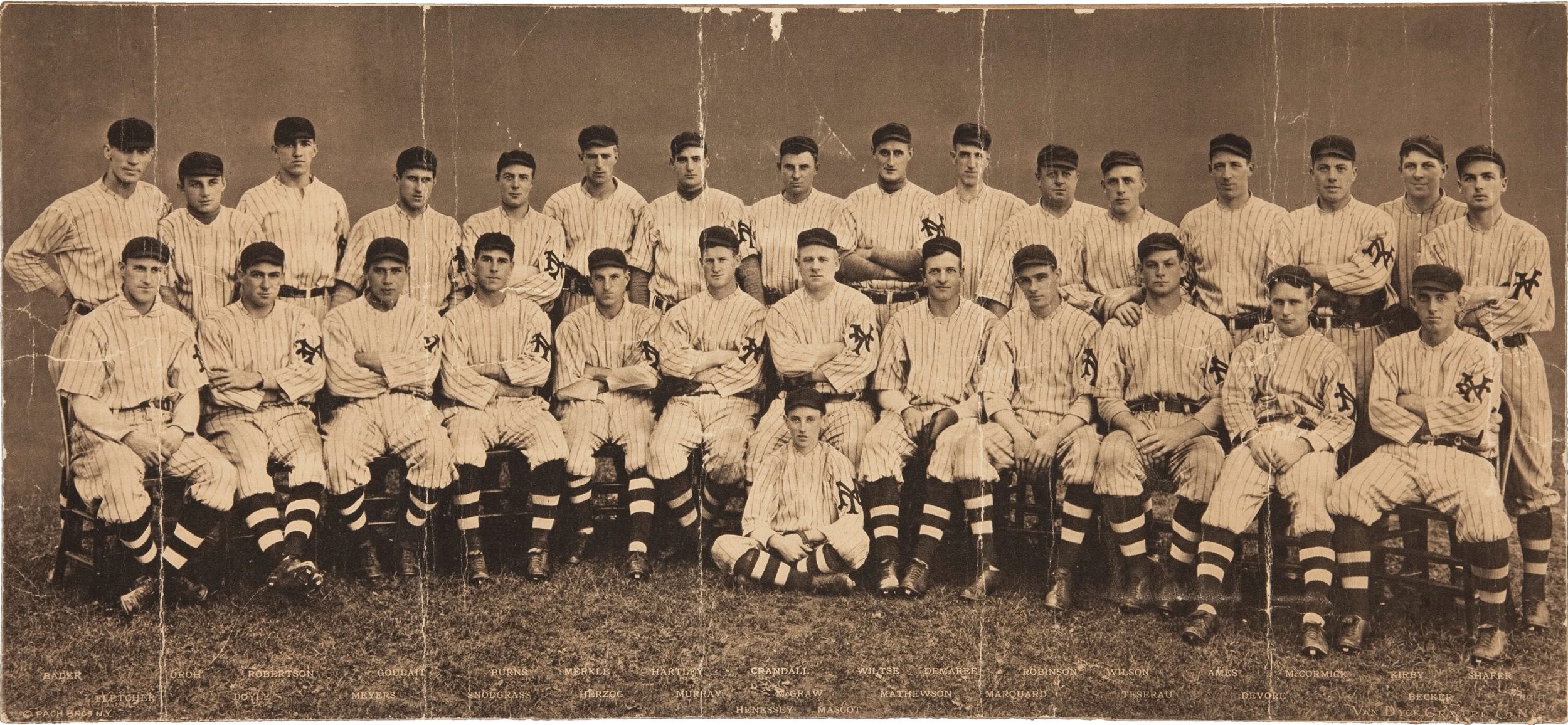
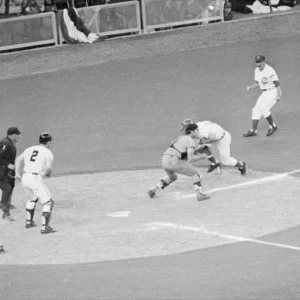
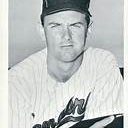
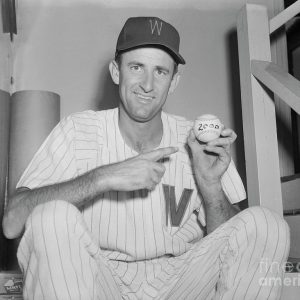
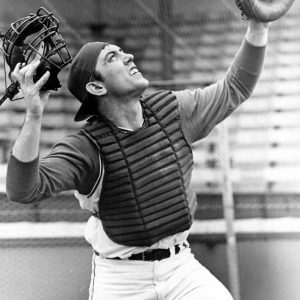
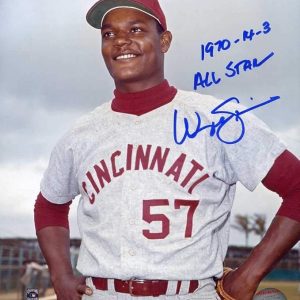
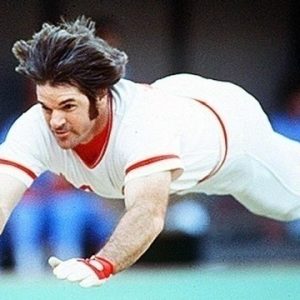
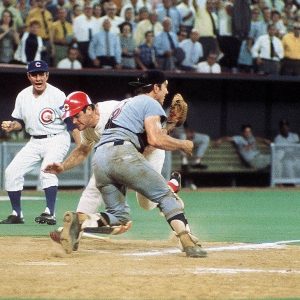
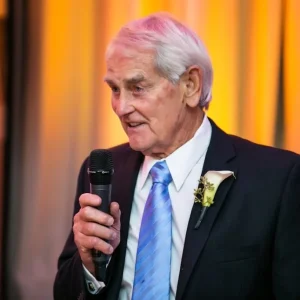
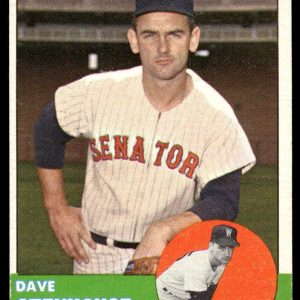
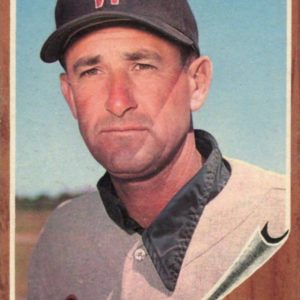
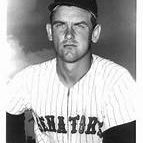
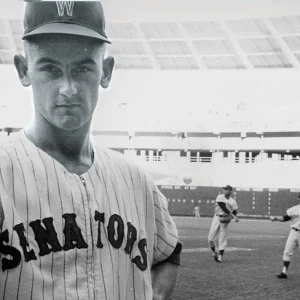
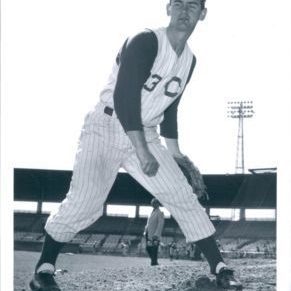
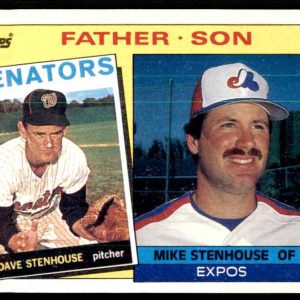
Atlee Hammaker? Excellent Giant lefty starter who pitched in relief at an All Star game in the early ’80s. Got torched. Never the same, or at least that’s my memory.
Great story, Vince.
I met Dave in his secondary career of insurance broker in an agency in Westerly,RI back in the mid 80’s.
I was a marketing rep that covered RI at the time. He was a consummate gentleman. His son was playing for the Expos at the time and finished his career in a short stint with Red Sox in 1986. His son graduated from Harvard and today he is an executive at a think tank down in RI.